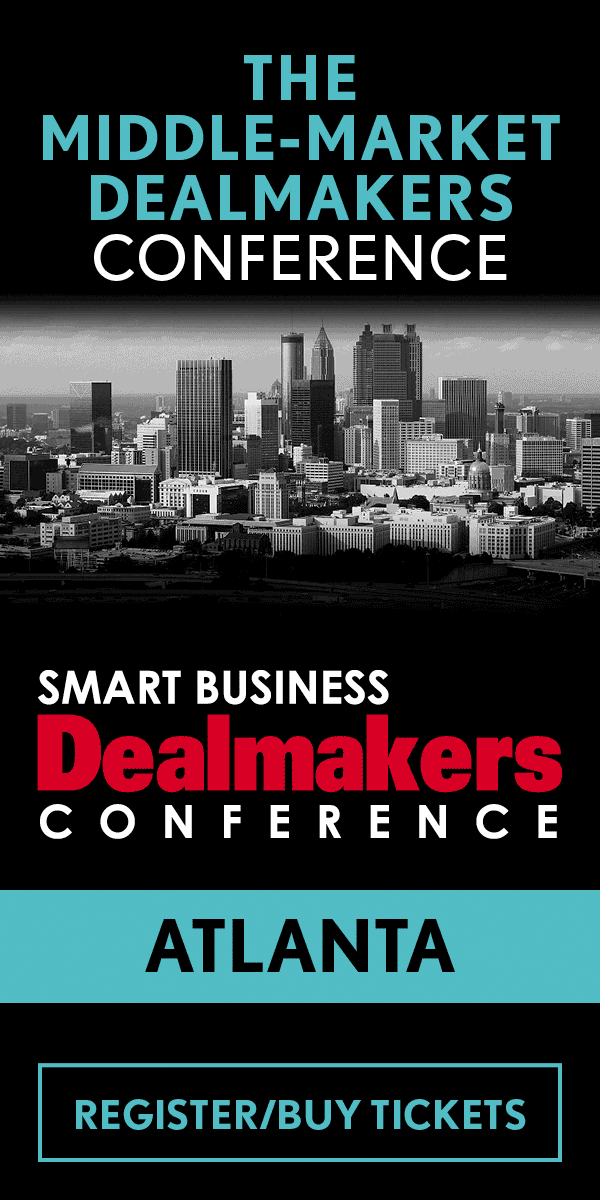Often deals start with a financial model. But that, says Carrie DiLauro, director of operations at Hamilton Robinson Capital Partners, only outlines what's numerically possible — and sometimes only highlights what's been done in the past.
"But from our perspective, it's then really working with the people and the human capital to really tell you what's practical, and how you can really drive value creation in that company," DiLauro said at the New York Smart Business Dealmakers Conference.
To that end, they started using Predictive Index, which she says has been a game changer in the value creation process. It's like a personality test that helps the company build the best teams that can carry out the value creation process.
"We had one CEO who was an amazingly accomplished professional in his industry, but he didn't buy into this whole predictive index, human capital personality testing at all," she says. "He was coming in to run a company that the original owner was retiring, so he had some big shoes to fill. He started off in the company and really was struggling getting the value creation buy in from all ranks in the business. So finally, he relented. He took his PI test. His employees took it. They went through a more formal training and discovery process. And I have to say, about three months later, I got a call one morning, a little bit silent, and he said, 'I owe you an apology. We just had the best company meeting we have ever had.' And he said, 'The people who have not been speaking up, who I was sort of thinking, do I let them go because they're not contributing, all of a sudden were talking. I understood how they worked, how to get the best out of them and how to really tap into all of their knowledge and that tribal knowledge that they had within this industry.' So, for us, concentrating right up front and being real practical on the human capital elements that we have in every company has really been a game changer for us."
COVID, she says, created a fork in the road on how they align the management team around their value creation plan, and then extend it beyond the management team throughout the whole the whole company. They had to adapt their value creation plan to the disruption their companies were facing in the environment.
Facing human capital challenges in one of their manufacturing companies — challenges getting people to come to work and hiring people who were being paid significantly more than the people who had been there for years — that were killing the culture and leading to people becoming resentful. So, the CEO decided to switch over to a skills-based compensation plan. They went through every position and mapped it out according to the value creation plan and where the position could possibly end up. It eliminated seniority and paid people based on the skills that they brought to each company and how they were up-skilling and cross training. She says it was expensive to get everybody on the same pay scale, but it worked.
"All of the employees really found it very valuable that they had now the control over their progression in the company," she says. "They knew if I upskill to this, I get paid this. If I take this road, this is where I can end up. So, for us, switching over to that skills-based compensation plan was huge."
The result is that the company's earnings nearly doubled in two years.
"At the onset, (we) could not have thought that that would have made such a difference, but it really did," she says.
But more than what a company has accomplished, she says the most important thing to remember when preparing for an exit is that every potential buyer is buying the future.
"You might have had the greatest value creation plan that you have initiated over the past five years. But in reality, nobody cares," DiLauro says. "They are buying the future, not the past. So, we sit with quite a few CEOs, and they want to tell us how they got there, which is heartfelt and fantastic, but they would be much better off if they told us where they think this company can go next."
She says sellers should map out that future and make it practical.
"Sometimes we get these CIMs [that say], 'This is where we think the revenue can go,' and they just throw out a number," she says. "That is not going to help you get the best exit outcome. Really map out that future growth prospect and hand it over to that potential buyer, and that's where you'll really get your best bang for your buck."




